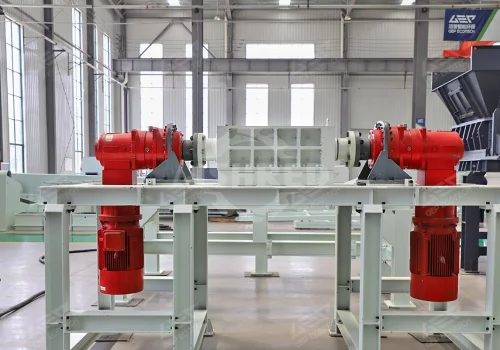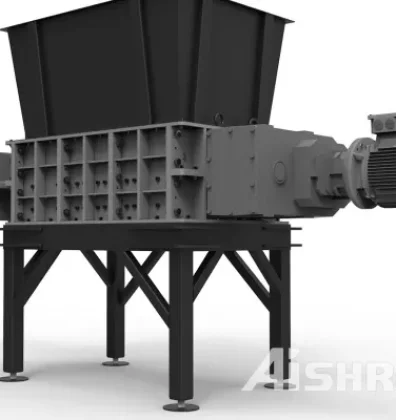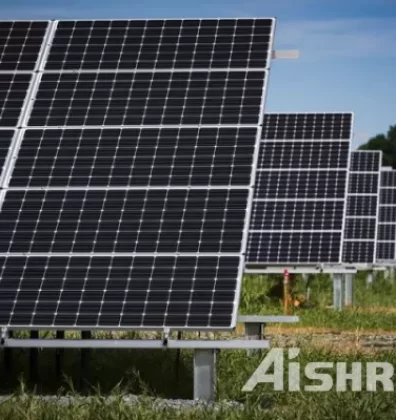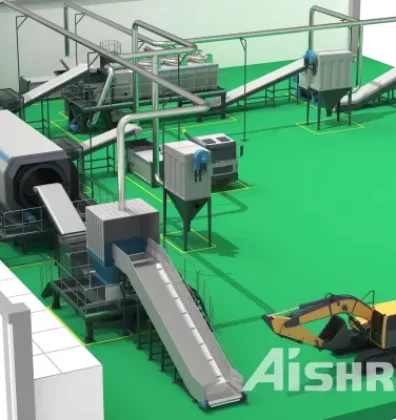The treatment of slaughterhouse waste is a complex and highly regulated process that must meet stringent health, safety, and environmental standards. Slaughterhouse waste comprises various by-products such as blood, bones, offal, fats, hides, and other animal tissues not suitable for human consumption. Below are the key stages and technologies commonly used in managing and treating this waste, with examples of equipment that can assist in these processes:
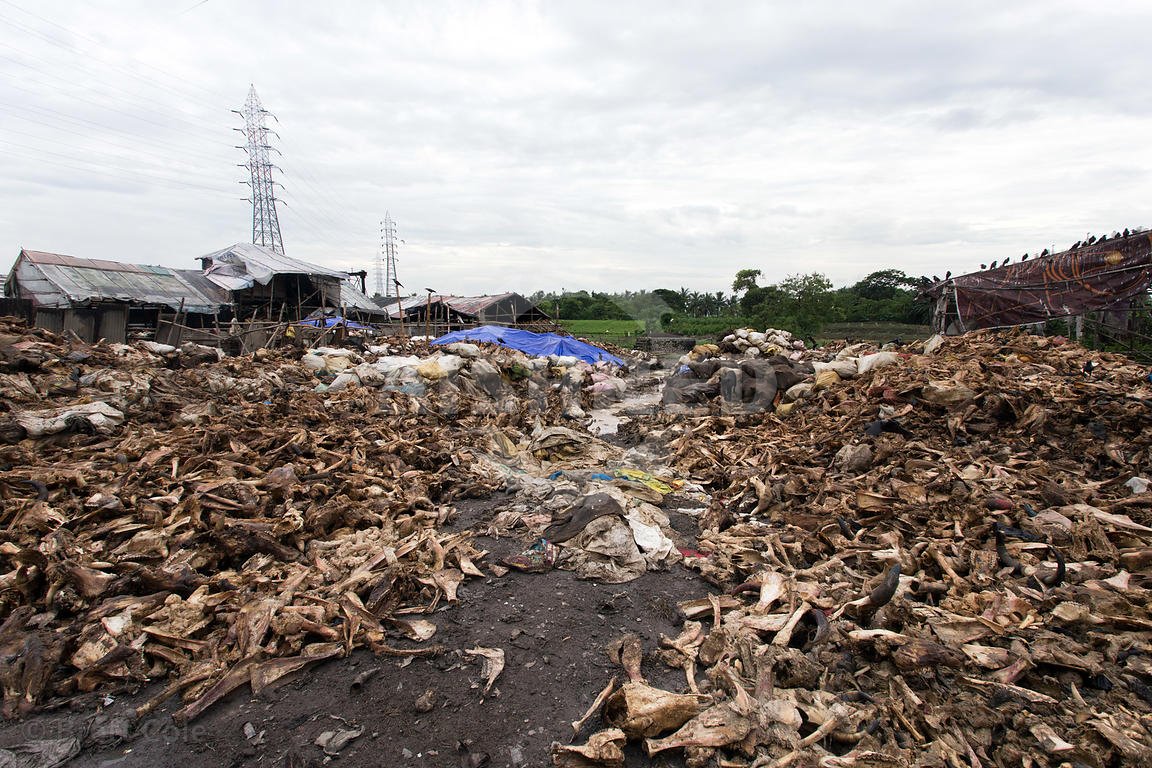
- Collection and separation: Waste is collected and categorized at the source to prevent cross-contamination. Liquid and solid waste streams are separated to enable targeted treatment and improve overall efficiency.
- Shredding and size reduction: Solid waste is mechanically reduced in size to facilitate downstream processing. The GDF double shaft shredder is well-suited for breaking down tough organic waste into manageable fragments for further thermal, biological, or chemical treatment.
- Thermal treatment: Materials are subjected to heat processes such as sterilization, cooking, or pasteurization to eliminate pathogens, reduce waste volume, and prepare it for further transformation.
- Anaerobic digestion or composting: Biodegradable waste can be processed through anaerobic digestion to produce biogas or composted to generate nutrient-rich soil amendments. These biological treatments support circular economy goals.
- Rendering: This process transforms animal by-products into value-added products like meat and bone meal, tallow, and technical fats, often used in animal feed, fertilizers, and industrial applications.
- Effluent treatment: Wastewater generated during slaughtering and cleaning is treated through multi-stage filtration, biological treatment, and chemical neutralization. Progressive cavity pumps with integrated feed hoppers and augers are commonly used to transport viscous fluids and sludge with high solid content.
- Incineration: For hazardous or non-recyclable waste, incineration provides a safe disposal route, while ensuring emissions are controlled in accordance with local environmental regulations.
- Solid waste management: Residual solid materials, such as inorganics or non-biological waste, are typically sent to landfills or treated in specialized facilities, depending on their classification and risk profile.
- Monitoring and control: All processes are continuously monitored using sensors and control systems to ensure operational compliance, traceability, and environmental performance.
It is important to note that local and national regulations significantly impact the choice of treatment methods. Moreover, waste valorization—the conversion of waste into energy or marketable products—is a critical strategy in ensuring the sustainable development of the meat processing industry.
GEP ECOTECH is a leading provider of solid waste processing and resource recovery solutions. Beyond robust shredding machines, we deliver complete, integrated systems tailored to the unique demands of slaughterhouse and organic waste treatment. Our equipment is engineered for continuous operation in high-moisture, high-load environments, ensuring long-term stability and efficiency in your facility. Contact us today to learn more about our customized solutions!

